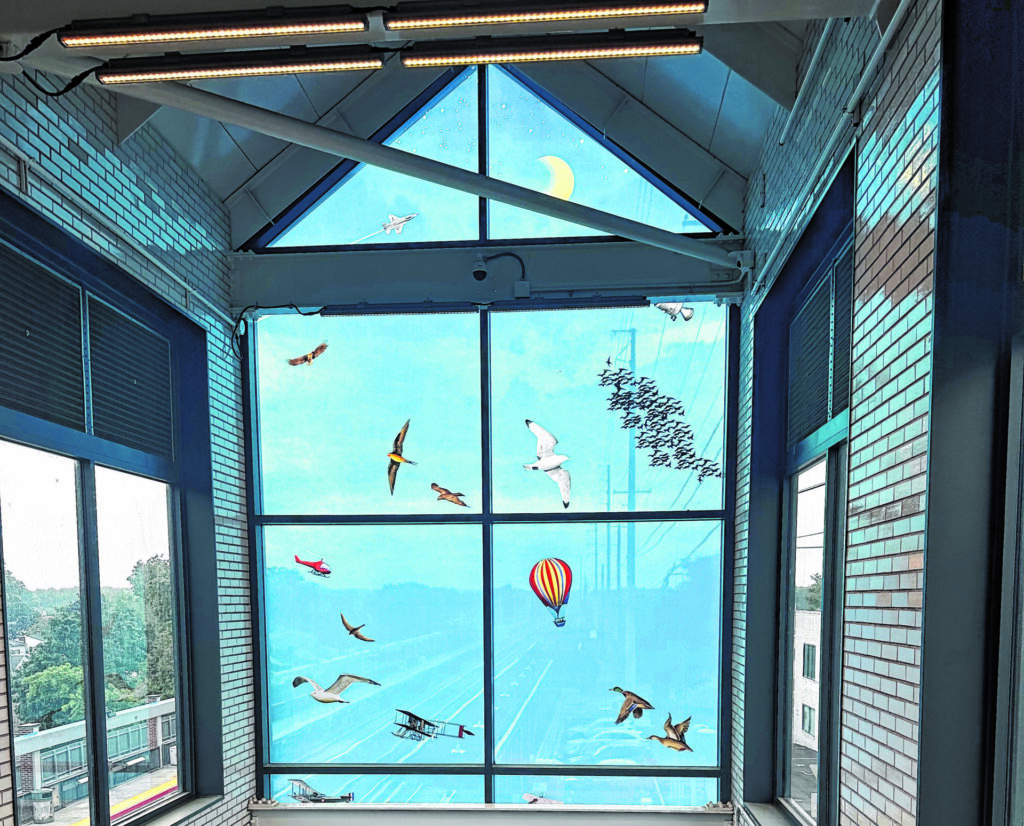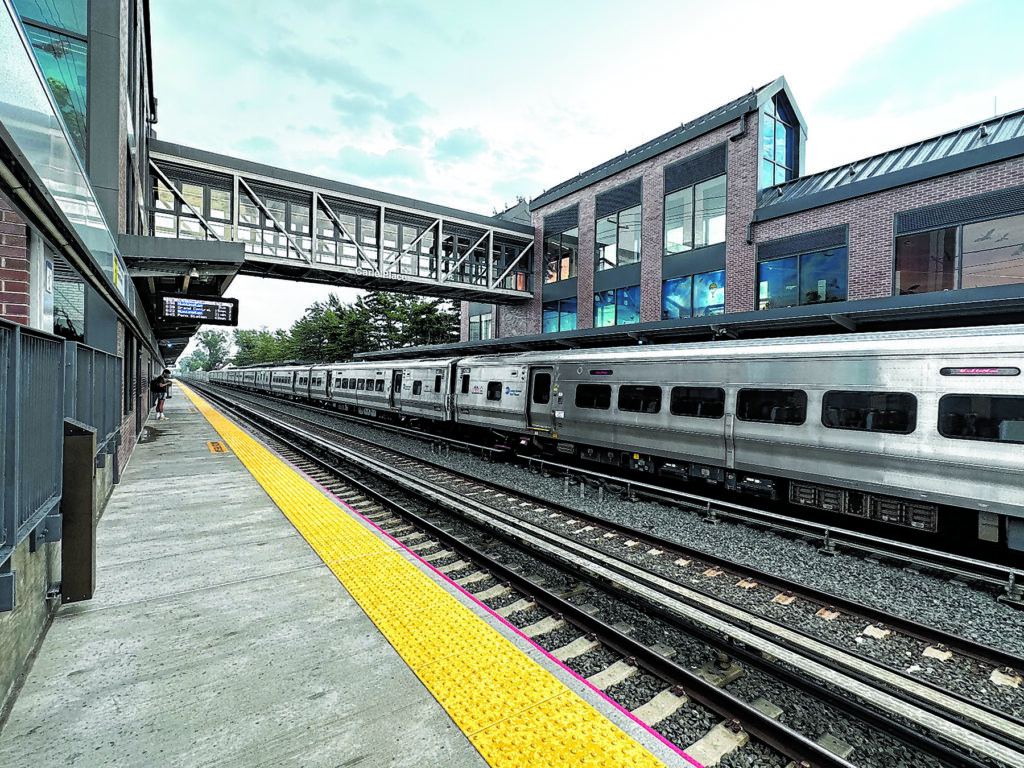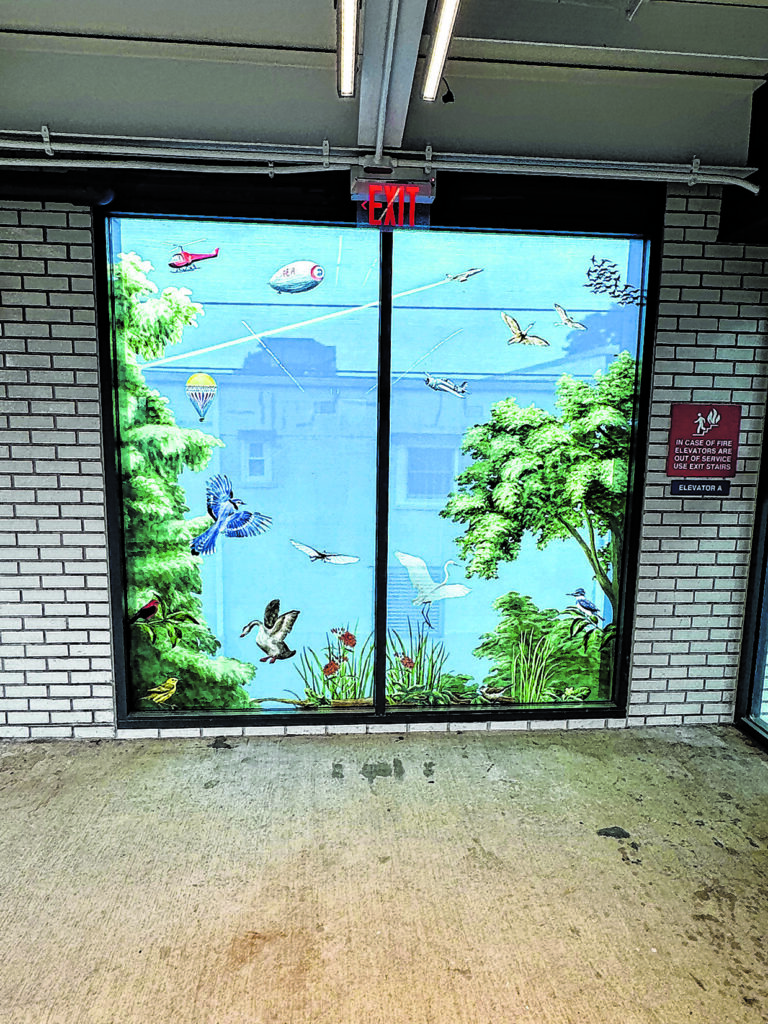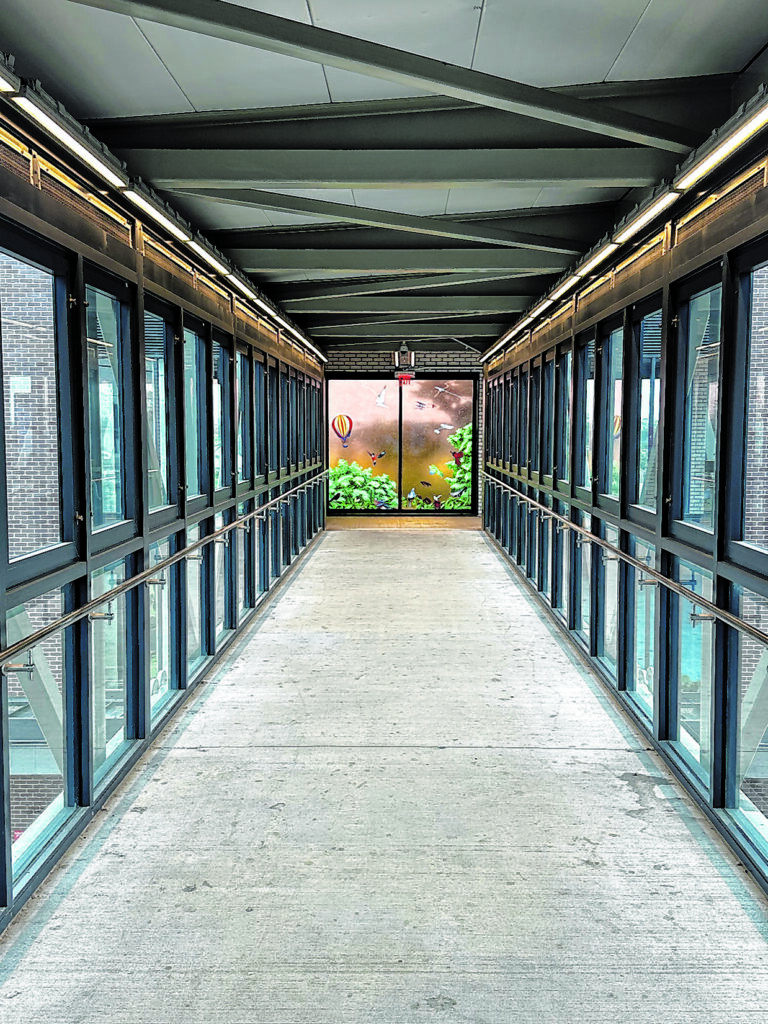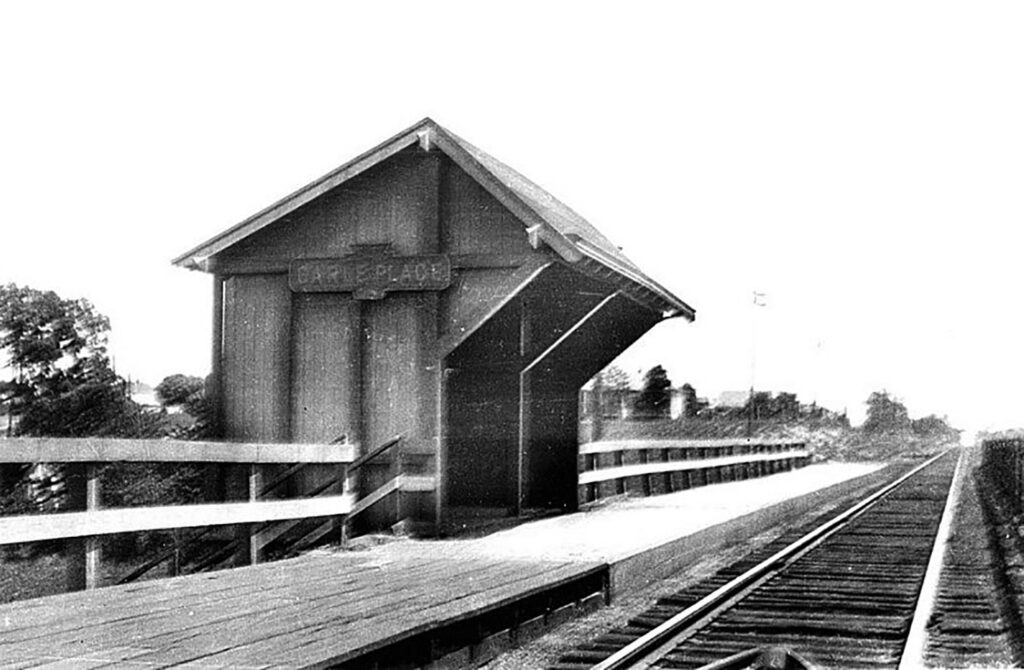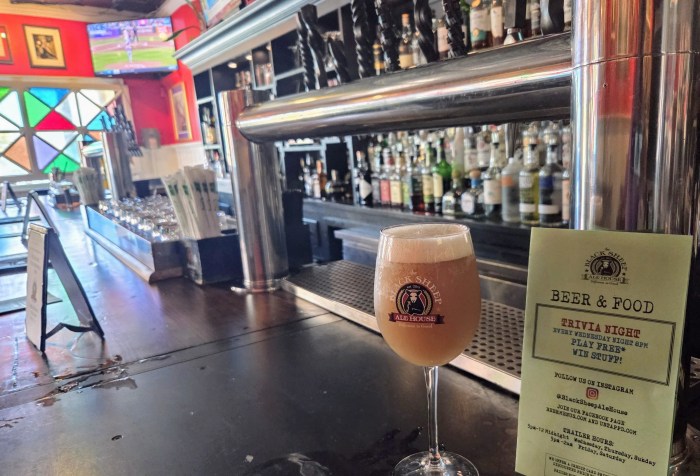Like other Long Island Rail Road (LIRR) stations in our area, Carle Place Station has seen its fair share of change.
For example, it was previously (if briefly) known as Carl and Carll Place, and seemingly opened, closed, reopened, and expanded numerous times over the years, as its function on the railroad changed, between 1837 and the present.
By the 1950s, the station officially had itself semi-enclosed shelters, a pedestrian crossover, and higher level platforms, such as we see today. Small upgrades were made over time, including a “refurbishment” in 1990, but likely the station’s biggest overhaul came just a few years ago.
In Carle Place, the LIRR expansion project brought with it new platforms, canopies, and furnishings thereof, bike racks, ADA-compliant mobility improvements, a new overpass, digital displays, free Wi-Fi, and an auto-roundabout or “kiss and ride” to facilitate passenger drop-offs and pick-ups. “This project continues to be a model for how the MTA can deliver infrastructure projects better, faster and cheaper,” said Janno Lieber, Metropolitan Transportation Authority (MTA) Acting Chair and CEO, at the time.
The newly remodeled station, which officially opened in November of 2021, also features a multi-pane glass art installation through its sheltered staircases and pedestrian overpass: “Aviary” (2020), by Gail Boyajian.
The installation “explores themes of flight, in part playing homage to the nearby Cradle of Aviation Museum, Grumman Headquarters, and area airports, as well as various birds and habitats native to the area,” according to MTA Arts & Design site info. The artwork was commissioned by MTA Arts & Design, and created from paintings by Boyajian.
“Gail Boyajian’s homage to the diverse landscape of natural and man-made aspects of flight is the perfect complement to this location along the Long Island Rail Road,” said MTA Arts & Design Director Sandra Bloodworth upon the station’s 2021 opening. “The artwork is a delightful combination of Long Island history and natural beauty.”
According to the MTA Arts and Design’s website:
“Aviary” features various birds native to the Carle Place area of Long Island and its green spaces that support their habitats, as well as some extinct ones like the Passenger Pigeon and the Carolina Parakeet that flourished at the time of early attempts at human flight.
The artwork is made up of 42 hand-painted, laminated glass panels that were fabricated by Glasmalerei Peters Studio. It features depictions of aircraft made by Grumman, such as the Apollo Command and Service module and the F-14 jet. There are various helicopters and passenger planes, as well as images of historical flying contraptions, including balloons, blimps and bicycle powered kites, indicating humankind’s wish to emulate the flight of birds throughout time. Frogs and marshland habitats appear in several panels as a nod to the history of the community and its original name, Frog Hollow. The composition, based on Boyajian’s original hand-painted and digital artwork, is continuous across the elevator towers, with the glow of a sunset and a high moon suggesting the passing of the day through the shifting colors, creating a scene to be experienced from many points of view over time.




